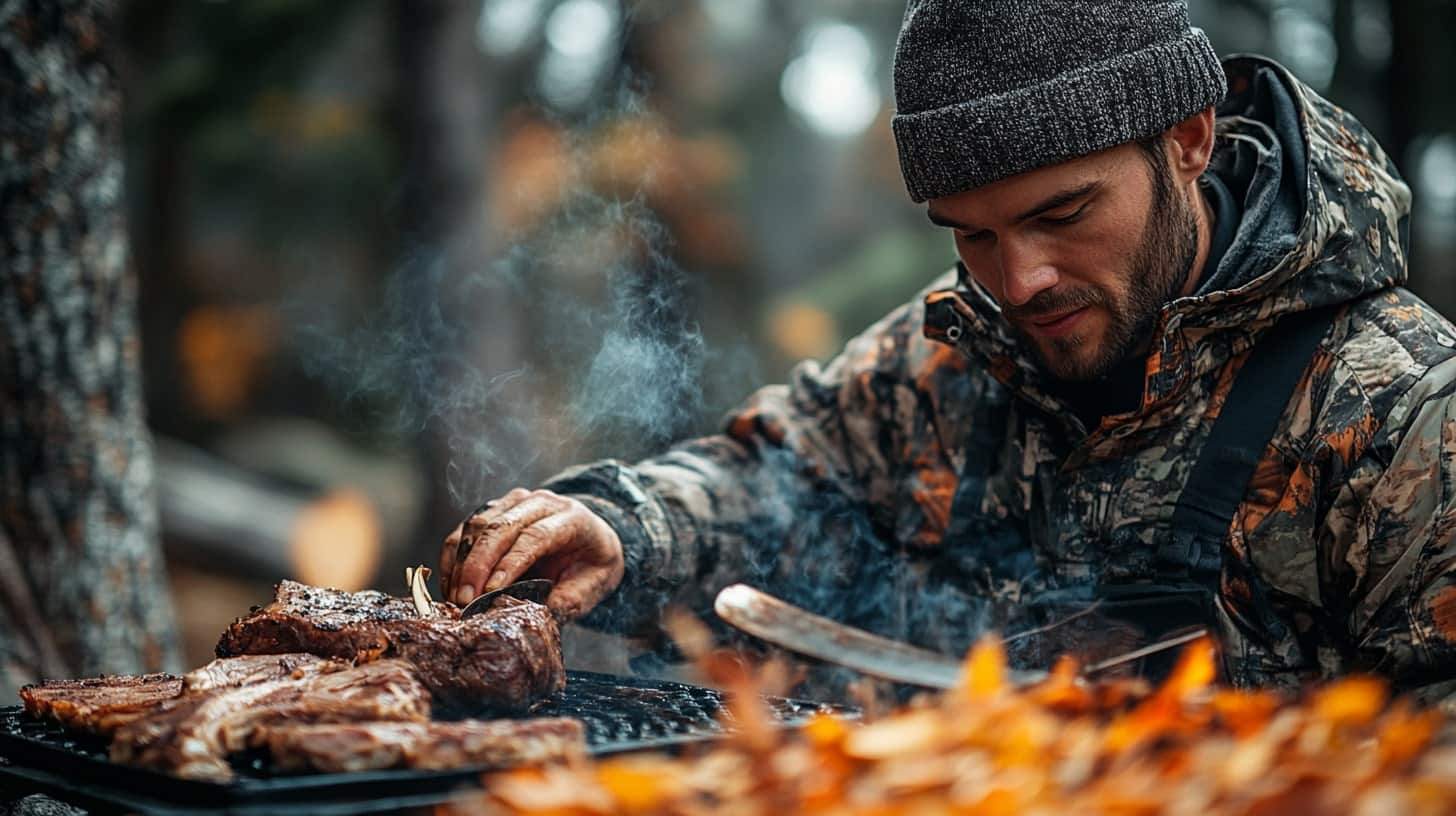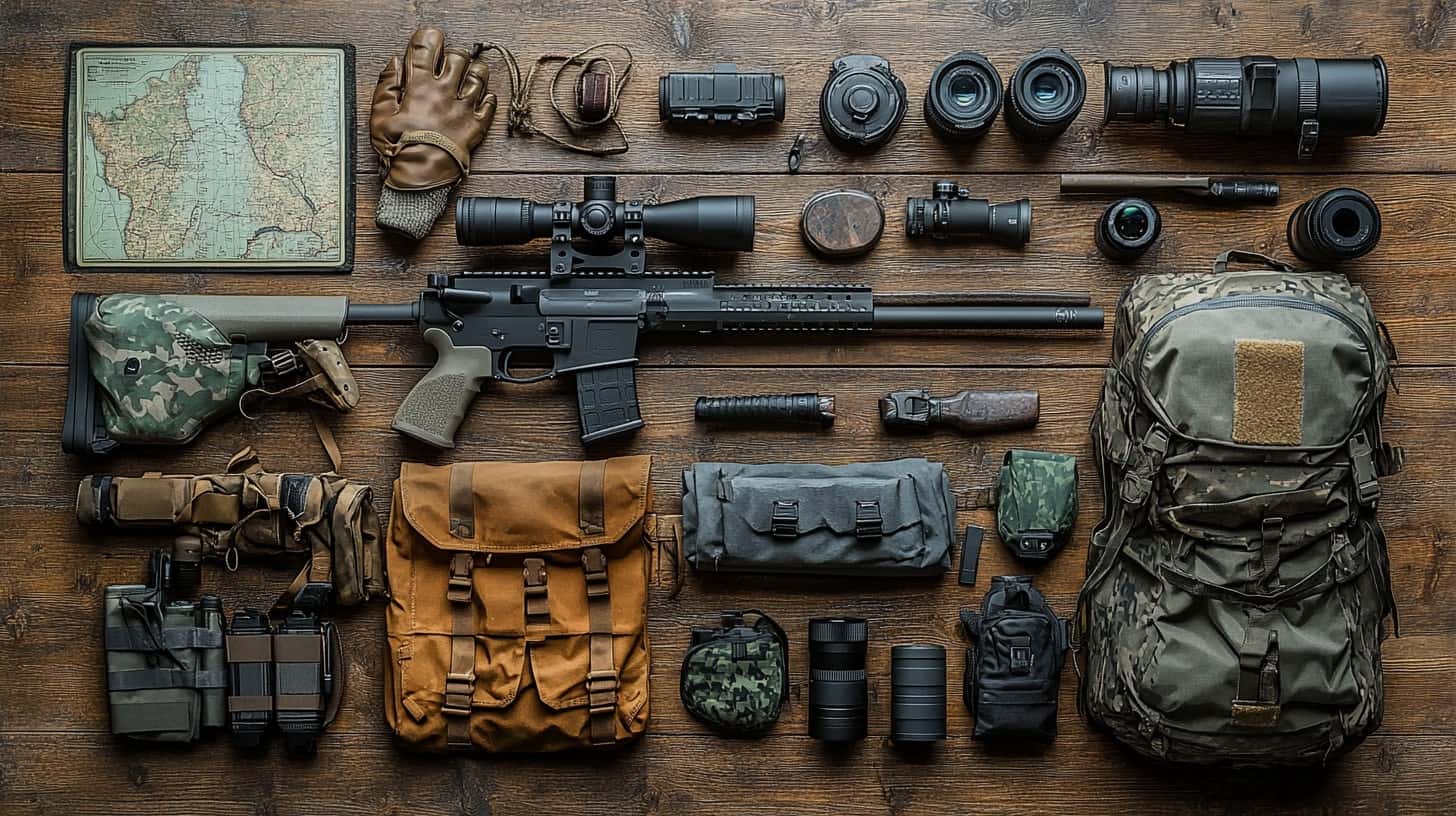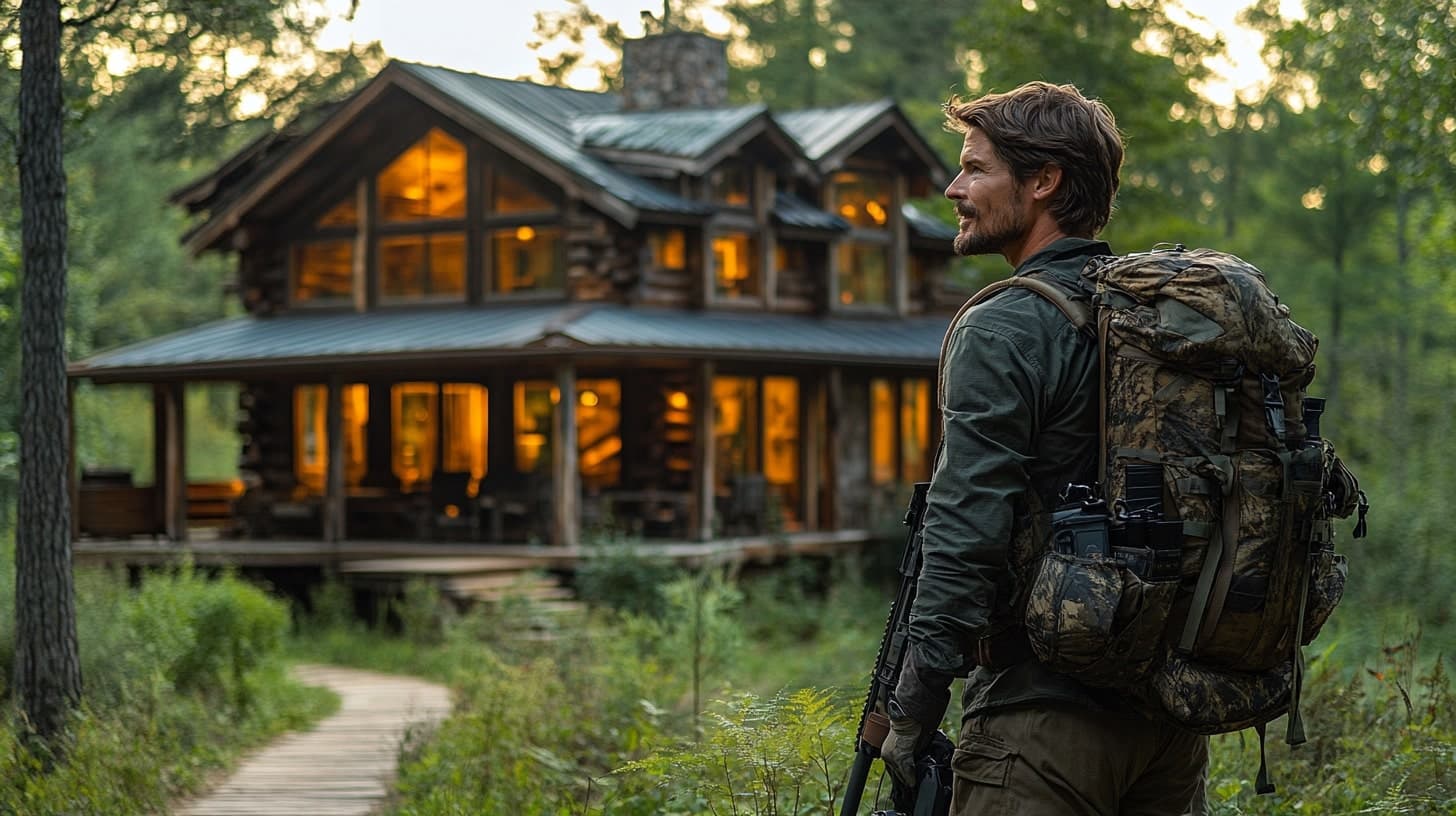Introduction
Deer hunting is more than just a sport or a means of population control—it’s a time-honored tradition that connects hunters to nature, tests their skills, and provides organic, nutritious meat. But the process doesn’t end with the shot. A true hunter respects the full cycle: tracking, harvesting, field dressing, processing, and finally, cooking a delicious meal right in the field. In this guide, we will take you through every step of the journey, ensuring you make the most of your hunt from shot to plate.
Preparing for the Hunt
Before you set foot in the woods, preparation is key. Ensuring a successful hunt means having the right gear, knowing the habits of your prey, and practicing ethical hunting techniques.
Essential Gear for a Successful Hunt
- A reliable rifle or bow suited for deer hunting
- Proper ammunition or arrows
- Camouflage clothing and scent blockers
- Binoculars and a rangefinder
- Hunting license and tags
- A sharp knife for field dressing
- A backpack with essentials: gloves, water, a fire starter, and a first-aid kit
- Cooking gear for a fresh meal in the field
Understanding Deer Behavior
Deer are crepuscular animals, meaning they are most active during dawn and dusk. Scouting the area beforehand will help you identify feeding and bedding areas, ensuring a higher chance of a successful shot. Pay attention to wind direction to remain undetected.
The Shot: Ethical and Effective Techniques
Taking a deer down swiftly and humanely is a responsibility every hunter bears. A well-placed shot ensures a quick, ethical kill and minimizes suffering.
Best Shot Placement
- Heart and lungs (broadside shot): The most ethical shot, targeting the vital organs.
- Quartering-away shot: Allows the arrow or bullet to penetrate major organs.
- Head or neck shot: Less common, but if executed correctly, can be instantaneously lethal.
After the Shot: Tracking and Retrieval
Even with a well-placed shot, some deer may run before collapsing. Follow these steps:
- Mark the Spot: Mentally note where the deer was standing at the time of impact.
- Wait: Give the animal time (15-30 minutes) before tracking to avoid pushing a wounded deer further.
- Follow the Blood Trail: Look for blood droplets, hoof prints, and disturbed vegetation.
- Confirm the Kill: Approach cautiously from behind to ensure the deer has expired before handling.
Field Dressing: Processing the Harvest
Once you’ve located your deer, the next step is field dressing. This ensures the meat remains fresh and free from contaminants.
Steps for Field Dressing:
- Position the Deer: Lay it on its back with legs spread apart.
- Make the Initial Cut: Start at the sternum and cut down toward the pelvis, avoiding puncturing internal organs.
- Remove the Organs: Extract the stomach, intestines, heart, and lungs carefully.
- Cool the Carcass: If temperatures are warm, pack the cavity with ice or allow air circulation to prevent spoilage.
- Transport for Butchering: Whether you butcher it yourself or take it to a processor, ensure the meat is handled properly.
Cooking in the Field: A Fresh Feast
There’s nothing quite like enjoying a meal made from fresh, organic meat you harvested yourself. Cooking in the field brings a primal connection to the hunt, allowing you to fully appreciate the rewards of your effort.
Simple Field Recipe: Grilled Venison Steaks
Ingredients:
- Fresh venison backstrap or tenderloin
- Olive oil
- Salt and pepper
- Garlic powder
- Fresh herbs (rosemary, thyme)
- Cast iron skillet or portable grill
Instructions:
- Prepare the Meat: Cut the venison into steak-sized portions and coat lightly with olive oil.
- Season Generously: Sprinkle with salt, pepper, and garlic powder.
- Heat the Grill or Skillet: Place over an open flame or portable gas burner.
- Cook to Perfection: Sear each side for 2-3 minutes for medium-rare doneness.
- Let it Rest: Allow the meat to sit for a few minutes before slicing.
- Enjoy the Reward: Pair with fresh-foraged greens or roasted potatoes for a true field-to-table experience.
Conclusion
Deer hunting is more than just pulling the trigger—it’s about respect for nature, skillful preparation, and the reward of a fresh meal. By following the full cycle from scouting to cooking, hunters develop a deeper appreciation for their role in the ecosystem. Whether you’re a seasoned hunter or a beginner, embracing every step of the process ensures a fulfilling and ethical hunting experience.
Hunting is not just about the chase; it’s about the entire journey. So next time you step into the wild, remember that the true prize is not just the harvest, but the experience of bringing it full circle—from the shot to the plate.



